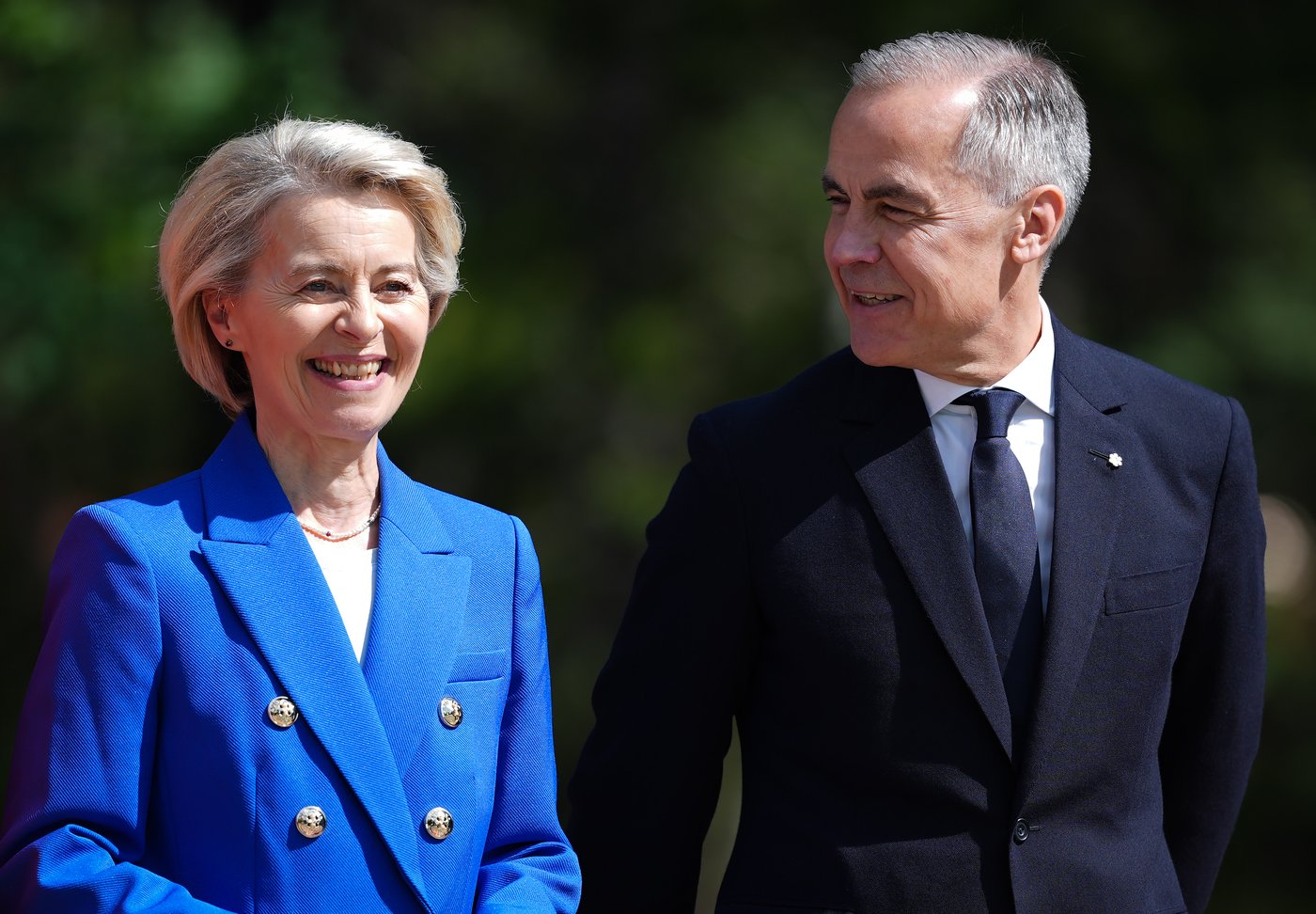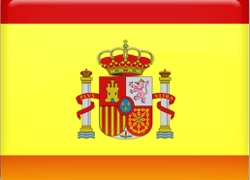The European Union and Canada have signed a landmark defence agreement to boost cooperation in military procurement, cybersecurity, and emerging technologies, signalling reduced reliance on the United States and a stronger transatlantic partnership.
EU and Canada Sign Security Partnership


The European Union and Canada have taken a significant step towards deeper defence cooperation with the signing of a new security partnership, aimed in part at reducing Canada’s long-standing reliance on the United States for military procurement.
The agreement, unveiled in Brussels by Canadian Prime Minister Mark Carney alongside senior EU officials, marks the beginning of what leaders described as a “new era of cooperation” in the face of growing global security challenges.
Central to the partnership is Canada’s potential participation in the EU’s €150 billion joint-purchase loan programme, known as the Security Action for Europe (SAFE). SAFE forms a key component of the broader €800 billion ReArm Europe initiative, which seeks to bolster collective defence capabilities across the continent amid increasing geopolitical instability.
The deal outlines enhanced collaboration in several priority areas, including interoperability between armed forces, maritime security, cyber defence, and the development of emerging military technologies such as artificial intelligence and quantum computing.
“This is a historic moment for transatlantic security,” Prime Minister Carney said at the joint press conference. “Canada and Europe share not just values, but a common understanding that modern threats require integrated, forward-looking defence strategies. This partnership strengthens our capacity to respond together.”
EU Commission President Ursula von der Leyen welcomed Canada’s engagement, describing it as “a natural and strategic alignment” given Canada’s existing role as a close NATO ally and a global middle power with advanced technological and defence industries.
Although Canada has not formally committed to joining SAFE, officials confirmed that exploratory talks are already under way. Should Canada join, it would become the first non-EU country to access the bloc’s collective defence funding mechanisms — a move that would allow Ottawa to diversify procurement channels away from the United States while contributing to the European defence industrial base.
The timing of the agreement is seen as significant, coming just days ahead of the NATO summit in Washington, where member states are expected to debate and potentially raise minimum defence spending thresholds in response to continued tensions in Eastern Europe and the Indo-Pacific.
Analysts suggest that the agreement could also serve as a template for closer cooperation between the EU and other NATO allies outside Europe, particularly in areas of cyber security and hybrid threats.
Critics, however, have urged caution. Some U.S. officials have privately expressed concern that the partnership may dilute NATO’s cohesion by encouraging parallel defence structures. Others have warned that Canada must ensure it does not jeopardise existing procurement and intelligence-sharing arrangements with its Five Eyes allies.
Nonetheless, the move has been widely praised by European defence experts. “This is a bold and necessary shift,” said Dr. Helene Weber, a senior fellow at the European Institute for Security Studies. “It reflects a more multipolar world in which both Canada and Europe must become more self-reliant while continuing to uphold the transatlantic alliance.”
The Canada–EU security partnership is expected to be formalised through a series of working groups over the coming months, with a joint roadmap to be presented at the EU–Canada Summit later this year.
As global defence dynamics continue to evolve, the agreement positions both Canada and the EU to play a more assertive and autonomous role in shaping collective security for the 21st century.

 বাংলা
বাংলা  Spanish
Spanish  Arabic
Arabic  French
French  Chinese
Chinese 
